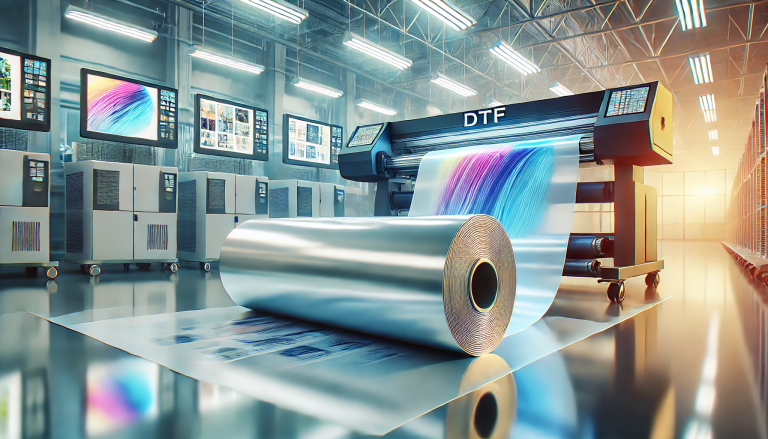“The Truth About UV-DTF: Does It Really Do Anything?” -MAXDTF- UV Magic Film Wholesale, DTF UV Decal Supplier, Made in China
Introduction:
In the world of printing and apparel decoration, new technologies and techniques are constantly emerging. One such innovation is UV-DTF (Direct-to-Film) printing, which promises vibrant and durable prints on a wide range of substrates. However, as with any new trend, it’s essential to examine the effectiveness and practicality of UV-DTF. In this article, we delve into the topic and explore whether UV-DTF printing truly lives up to its claims.
Part 1: Understanding UV-DTF Printing
To begin our exploration, we’ll delve into the basics of UV-DTF printing. UV-DTF is a process that involves printing designs directly onto a thin, transparent film using UV-curable inks. The printed film is then transferred onto various surfaces, such as textiles, ceramics, glass, and more, using a heat press or other specialized equipment. This technique aims to provide high-quality, long-lasting prints with vibrant colors and excellent detail.
Part 2: Advantages of UV-DTF Printing
In this section, we’ll discuss the potential advantages of UV-DTF printing. Firstly, UV-DTF offers exceptional color vibrancy and accuracy, allowing for the reproduction of intricate designs and gradients. Additionally, this technique enables printing on a wide variety of substrates, expanding the possibilities for creative applications. UV-DTF prints are known for their durability, resisting fading, cracking, and peeling over time. Moreover, the process allows for quick production turnaround, making it suitable for both small-scale and large-scale printing operations.
Part 3: Limitations of UV-DTF Printing
While UV-DTF printing has its advantages, it’s important to acknowledge its limitations as well. One notable limitation is the requirement for specialized equipment, including UV printers and heat presses, which can be costly for small businesses or individuals. Moreover, the UV-DTF process involves multiple steps, including printing, curing, and transferring, making it more time-consuming compared to other printing methods. Additionally, UV-DTF prints may not be as flexible or stretchable as traditional screen prints, limiting their suitability for certain applications such as apparel decoration.
Part 4: Evaluating UV-DTF Printing: Real-World Experiences
To gain deeper insights into the effectiveness of UV-DTF printing, it’s valuable to examine real-world experiences. In this section, we’ll explore feedback and reviews from professionals who have utilized UV-DTF printing in their businesses. We’ll analyze their observations regarding color vibrancy, print durability, production efficiency, and overall customer satisfaction. By evaluating these experiences, we can gauge the practicality and efficacy of UV-DTF in diverse printing scenarios.
Part 5: Considering Alternatives and Future Developments
In the final section, we’ll consider alternative printing methods and potential future developments in the UV-DTF field. Traditional screen printing and direct-to-garment (DTG) printing are established techniques that offer their own benefits and limitations. We’ll compare these methods with UV-DTF and highlight scenarios where each approach excels. Furthermore, we’ll discuss ongoing research and advancements in UV-DTF technology, including improvements in ink formulations, curing processes, and equipment accessibility.
Summary:
In summary, UV-DTF printing is a promising technique with potential benefits such as vibrant colors, durability, and versatile substrate compatibility. However, it also has limitations in terms of equipment requirements, production time, and flexibility. Real-world experiences and reviews provide valuable insights into the efficacy of UV-DTF printing in various applications.



